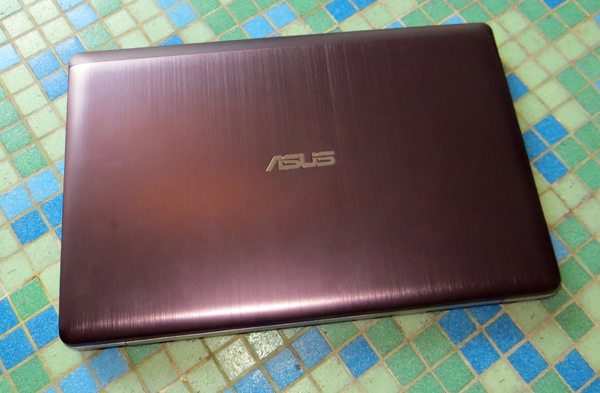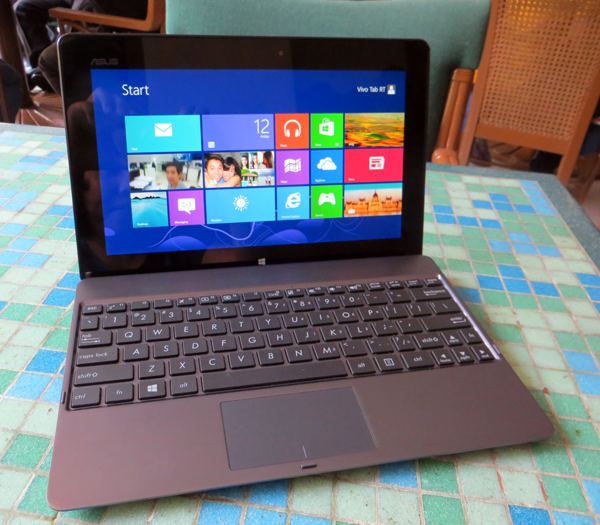
The coming of Windows 8 has made possible the union of PC and tablet as the new invigorated an redesigned Microsoft OS has been built from ground up to support multi-touch. Asus has seen the advantage of the Windows 8 by coming out with hybrid computing products such as the Vivo Books–PCs which come with multi-touchscreens, enabling the perfect marriage of a tablet and a Windows notebook.
The Asus Vivo Books come in two versions: one with Intel Celeron and one with Intel Core i3 processors. Both touchscreen versions feature 11.6 inch displays (similar to a netbook) and the price ranges only from P21,995 for the Celeron ULV version and P25,000 for the Core i3 Asus Vivo Book.

Hard drive capacity as well as RAM for both Asus Vivo Books come in 500 GB and 2 Gig and 4 Gig capacities, respectively.
An Asus exec said the coming of inexpensive Asus touchscreen notebook comes with the intention of providing consumers with a touch device that performs better than a netbook or an Android-run device. Besides, since the Asus Vivo Books come equipped with a Windows operating device, a lot of software and peripherals, which consumers are quite familiar with, will also work with the new product.

Windows 8 has rendered the Asus Vivo Books with not only a multi-touch user interface (similar to a smartphone or a tablet), but also other neat features such as fast boot up time of only 8 sec, a smart power manager that prolongs the life of the battery.

Similar to other new Asus products like the Zenbook, the Asus Vivo Books are nice looking with the incorporation of brush aluminum body.
As to the Windows 8 experience–if you’re used to previous Windows, the new version takes some re-learning, which is why I totally understand the survey that came out indicating more people aren’t prone to switching yet to a Windows 8 device.

Another thing, beside the Vivo Books, Asus also came out with the Vivo Tab RT, which is a Windows 8 tablet that you can dock to a keyboard dock. The product is very similar to the Asus Eee Pad as it is also powered by an NVIDIA Tegra processor, except for the Windows 8 RT operating system and a PC keyboard layout instead of an Android keyboard layout.


The Asus Vivo Books come equipped with a Windows 8 Professional, while the Asus Vivo Tab with the Windows RT version–what is the difference between the two, you ask? The Pro is intended for notebooks or desktops and users can install directly applications/software which may come from a CD, USB, or downloaded from a website. The Windows RT, on the other hand, is intended for light devices such as the tablet and user can only install apps from the Windows apps store.
Asus Vivo Books: perfect marriage of tablet and notebook
November 6, 2012
No Comments









